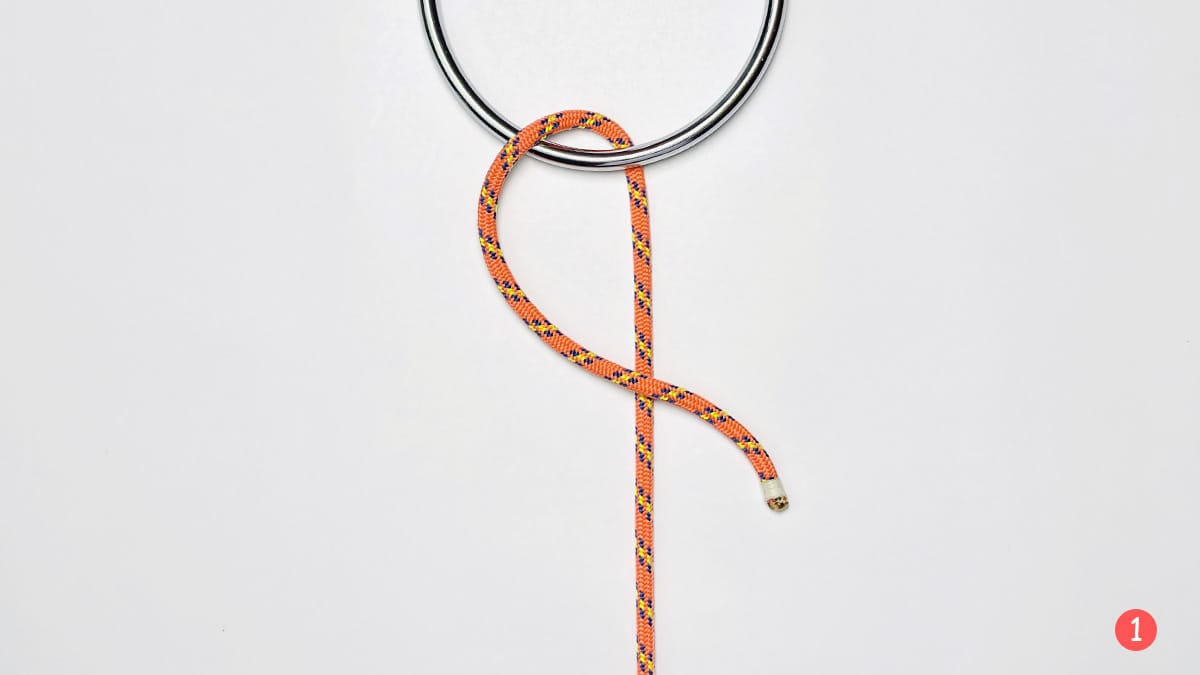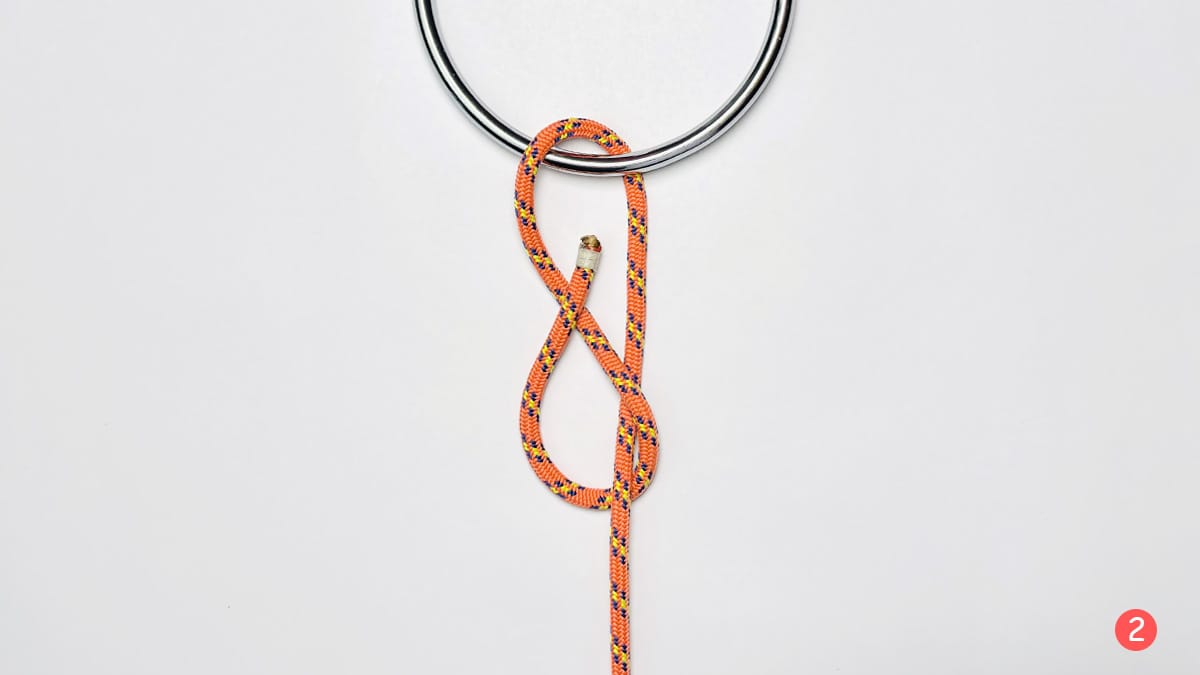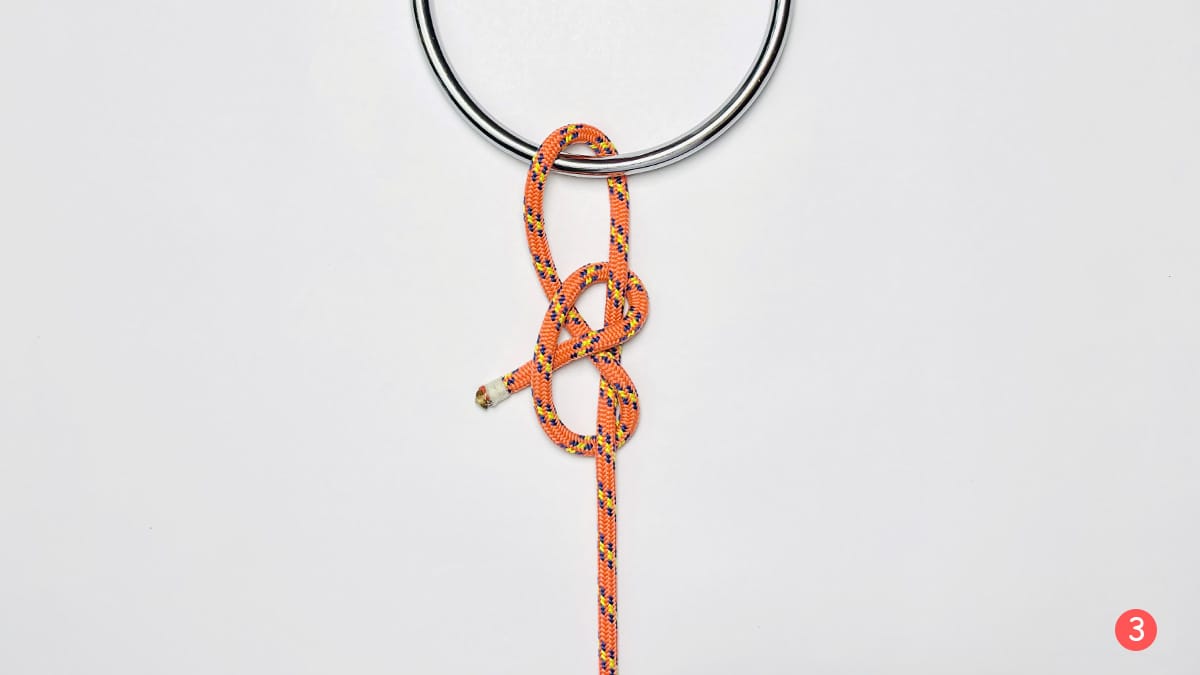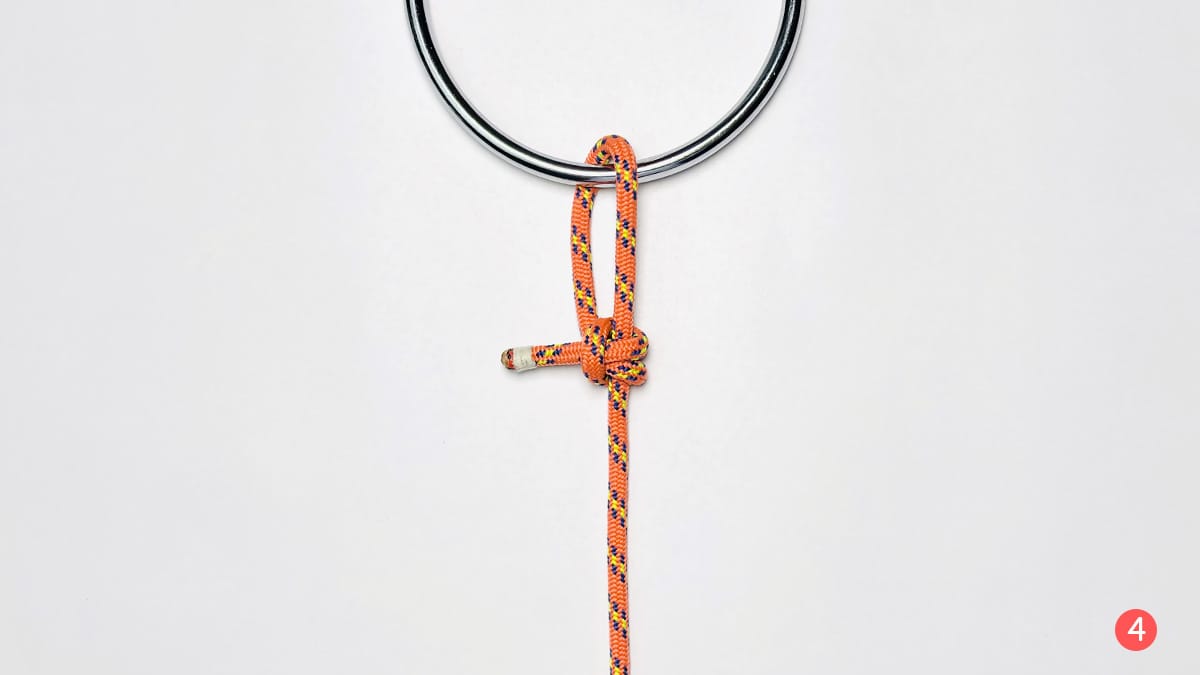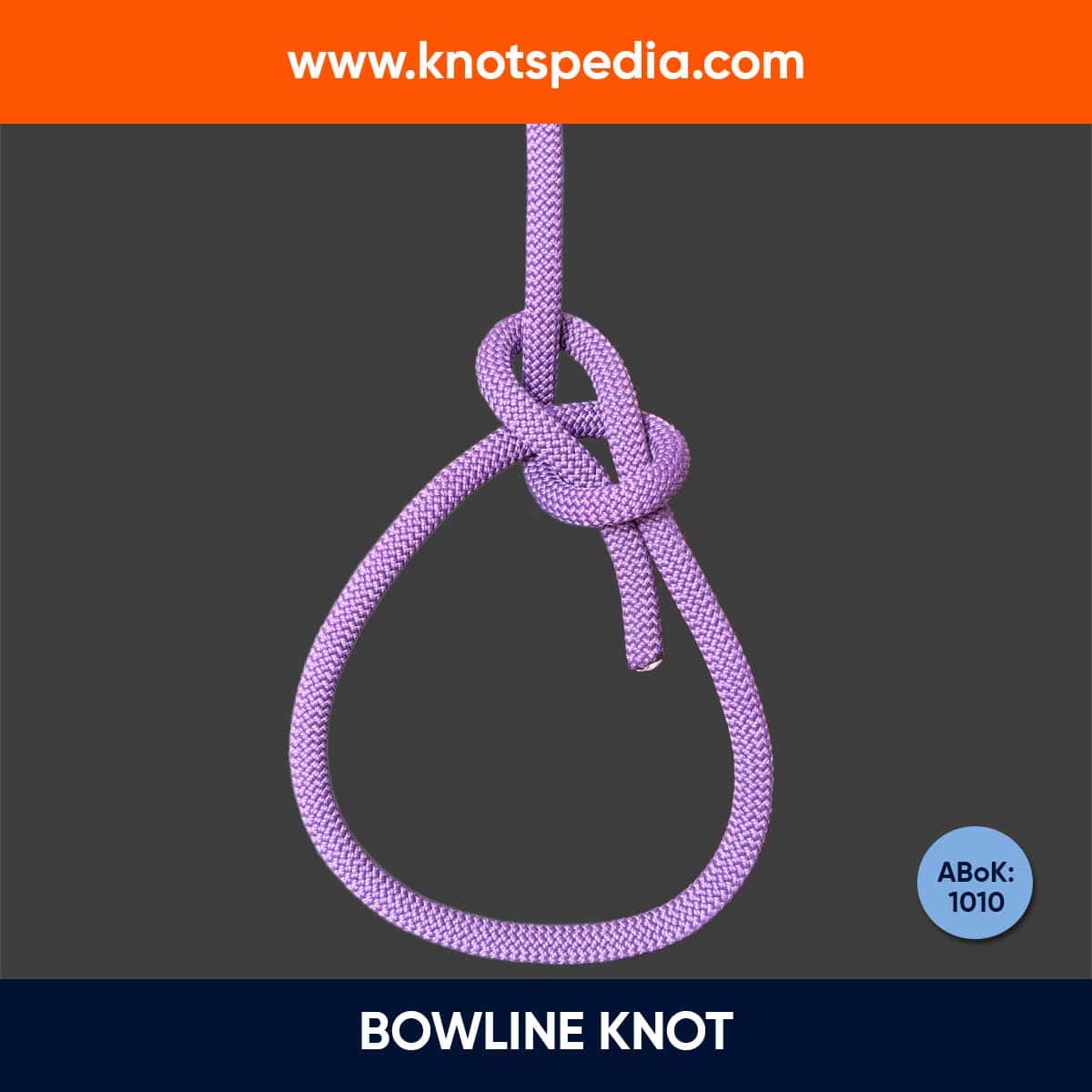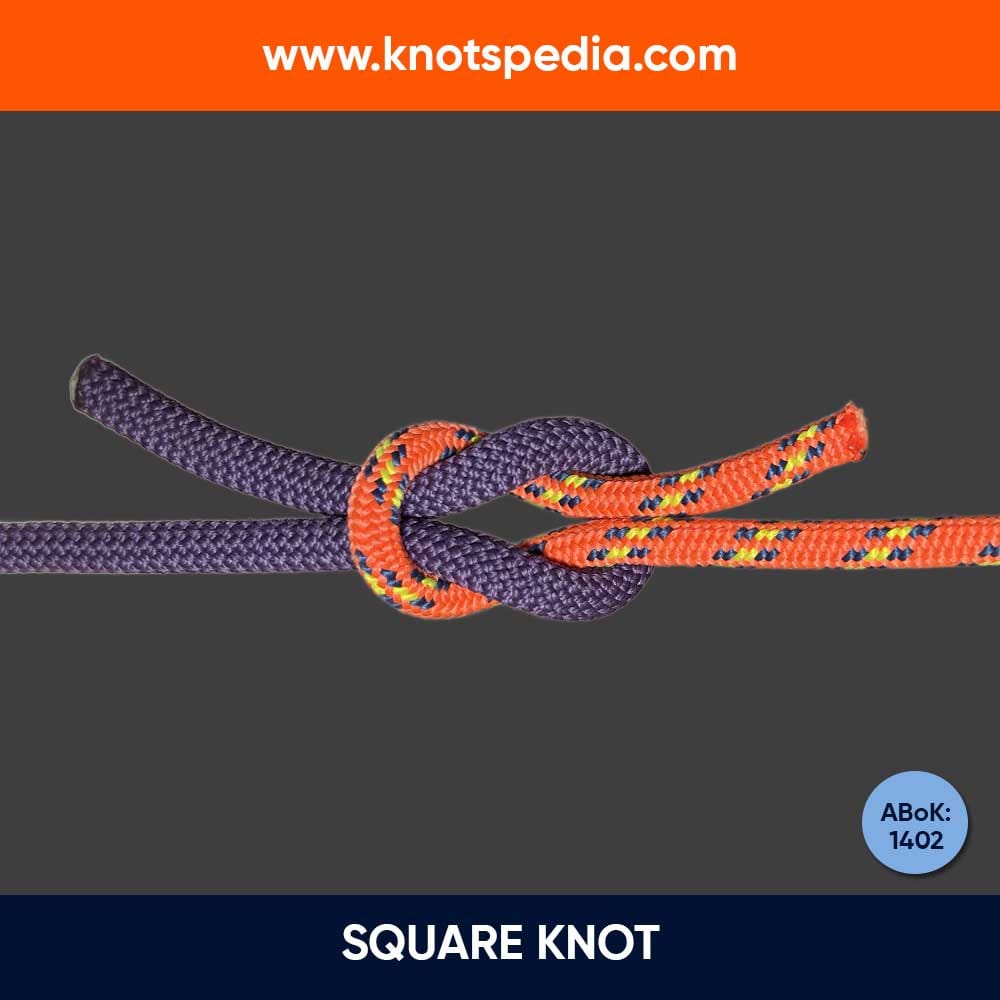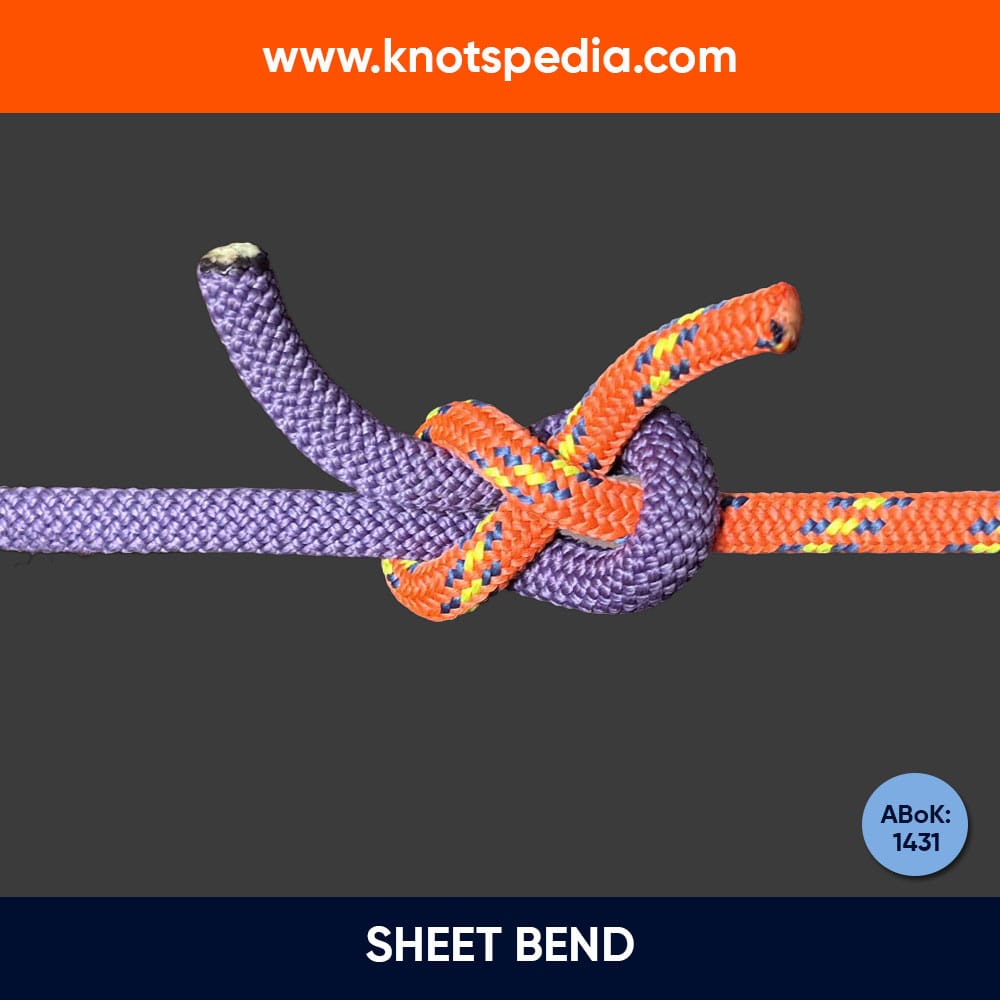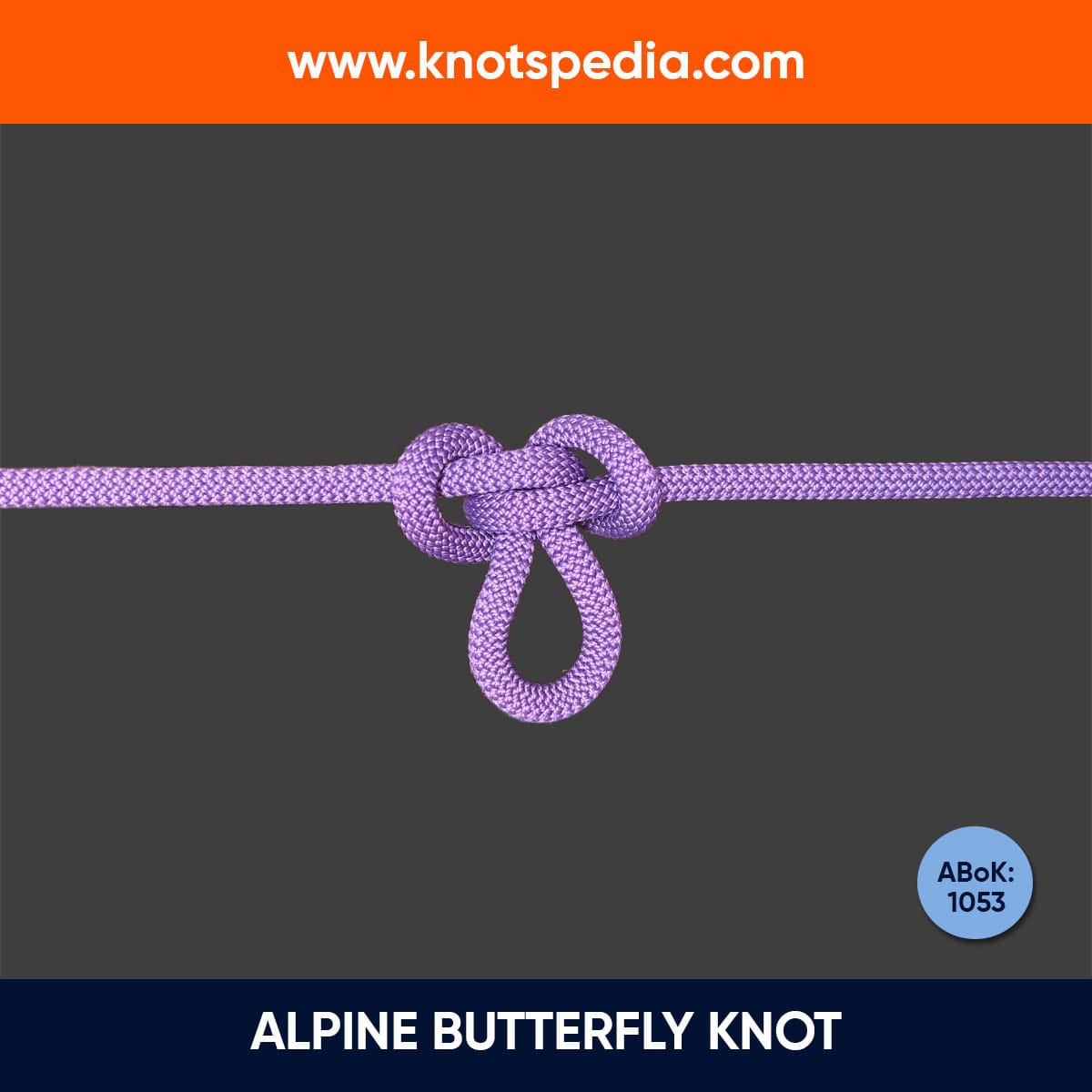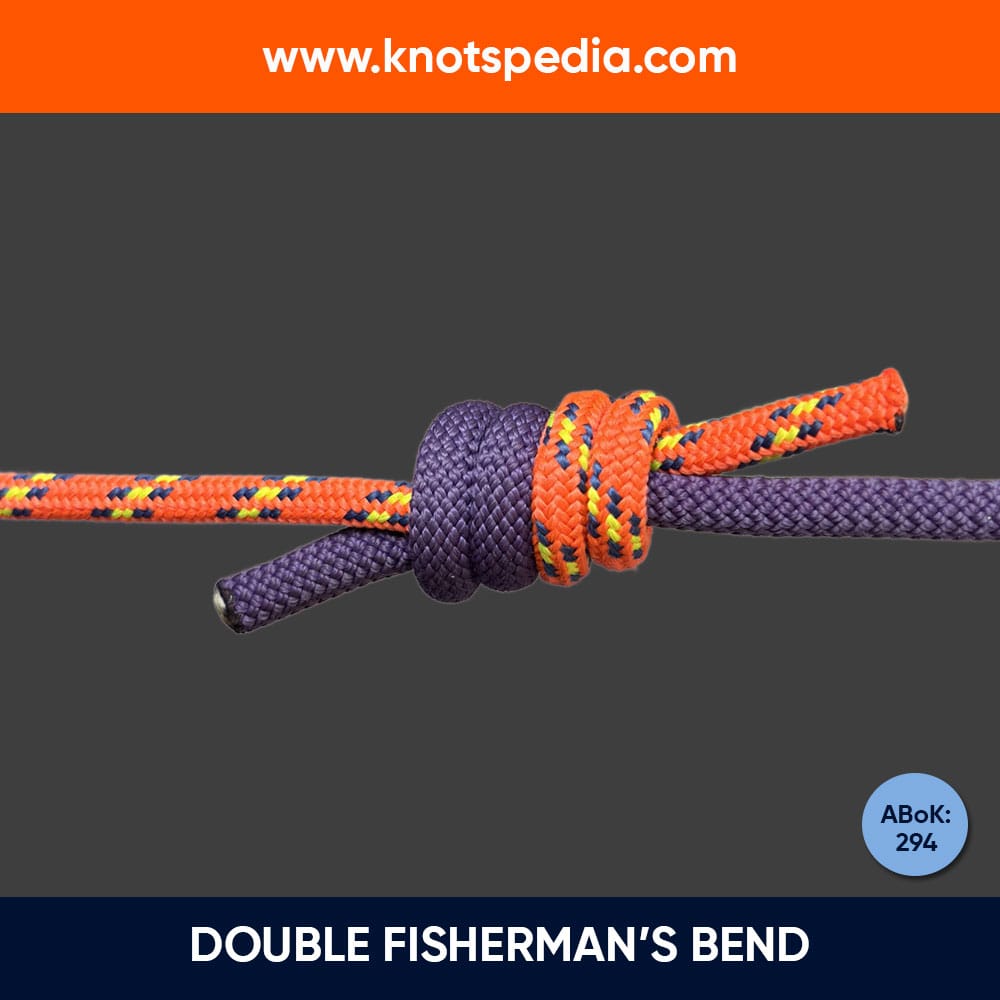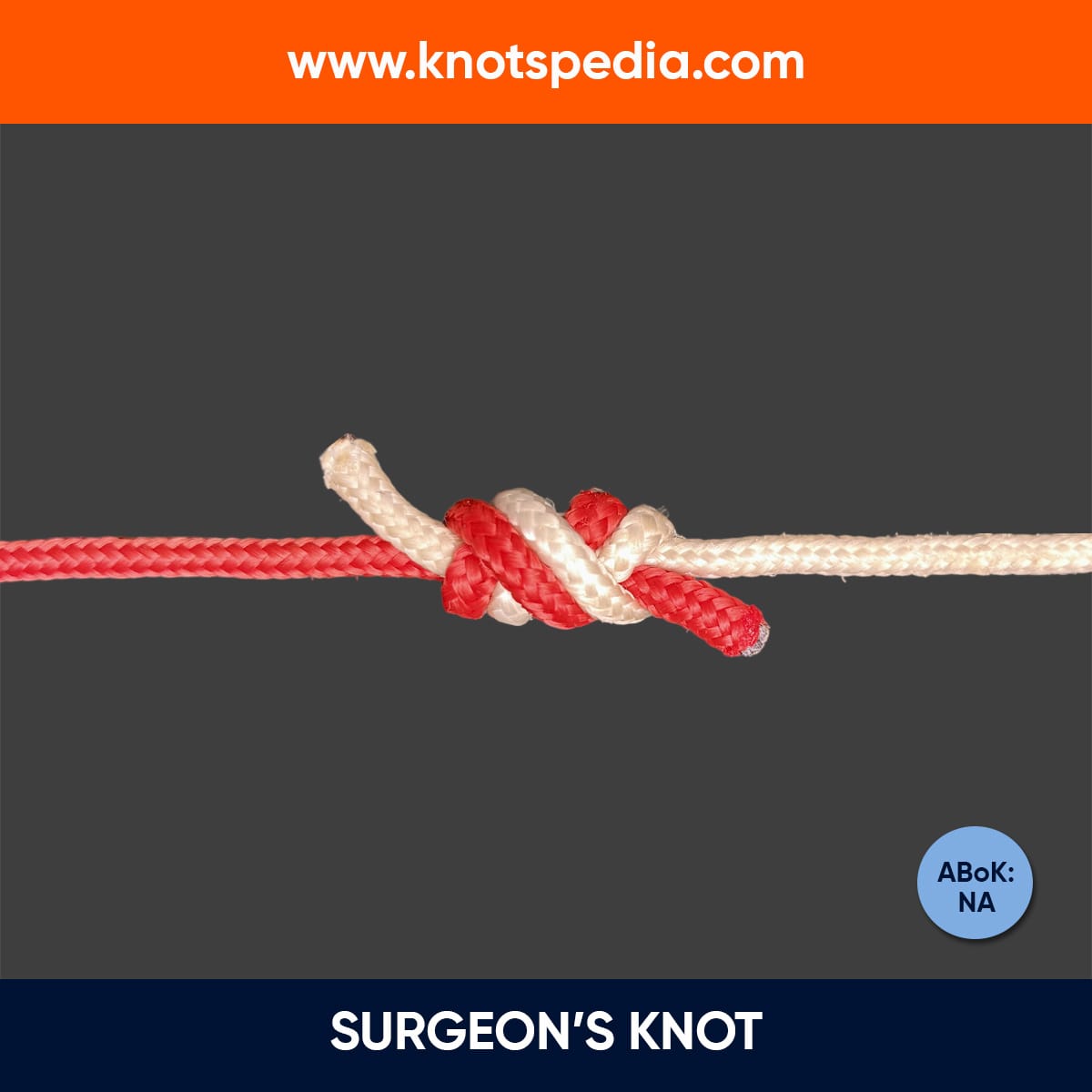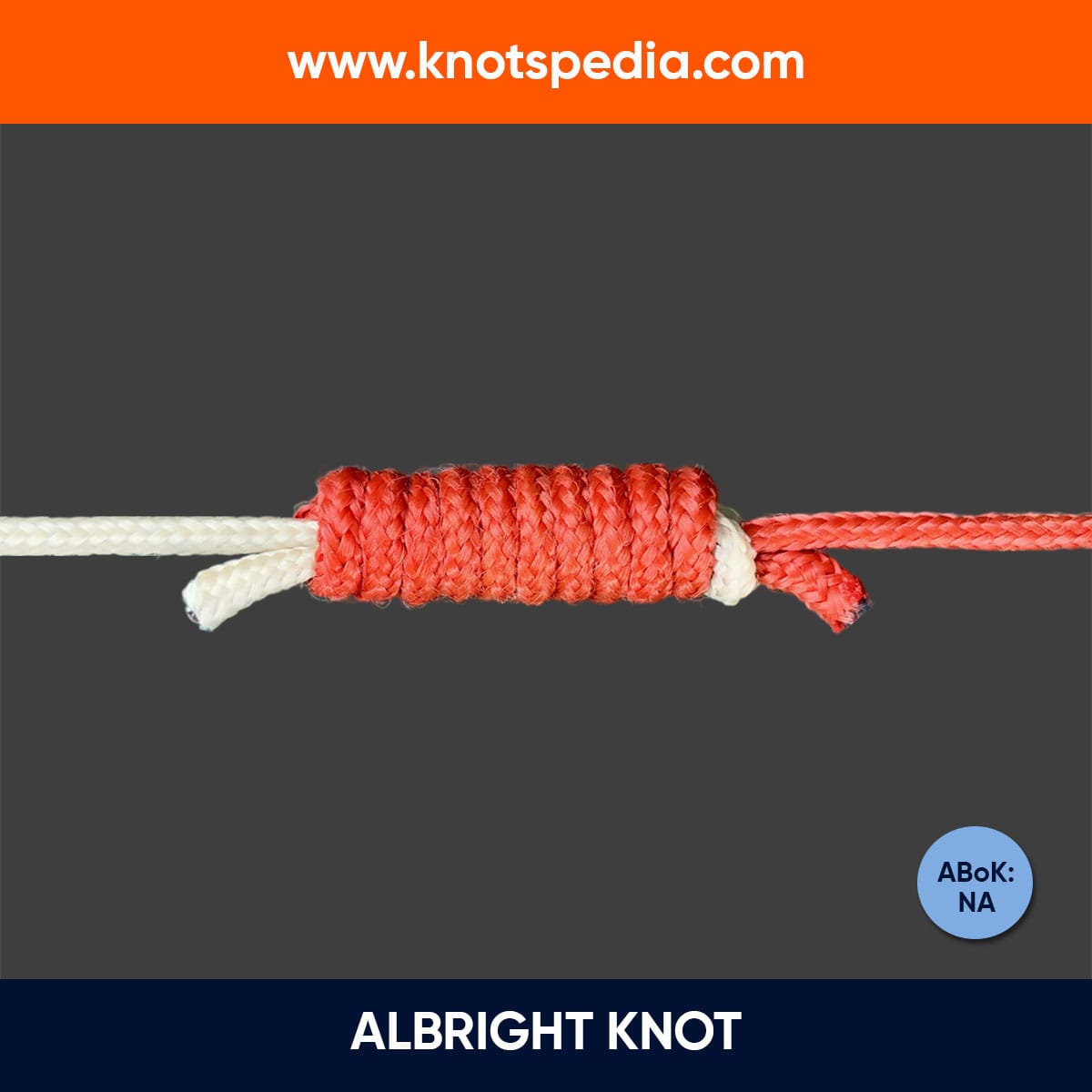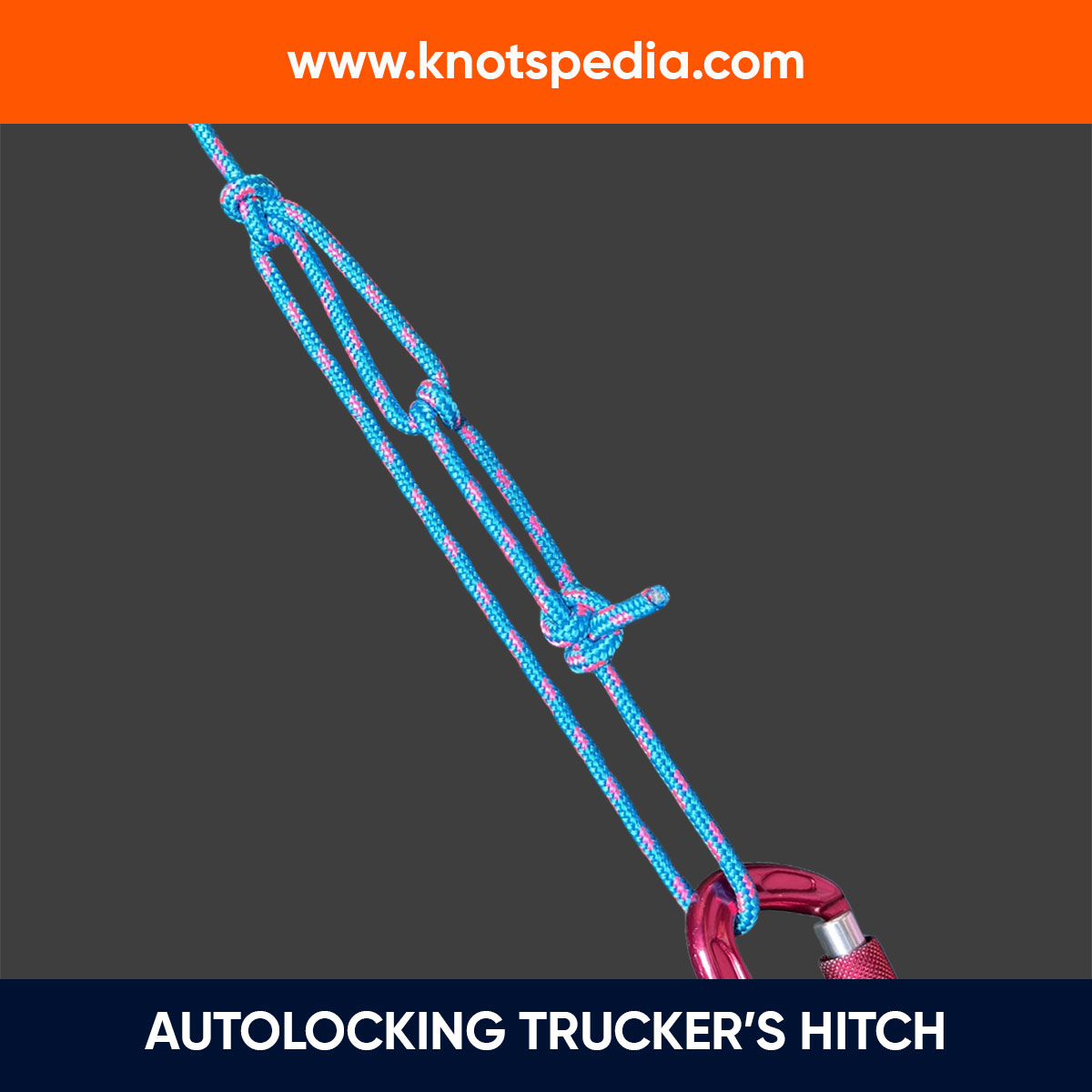The Lobster Buoy Hitch is used to attach rope to rings, eyes, posts, or railings.
It’s similar to the Buntline Hitch but consists of a Cow Hitch around the standing line instead of a Clove Hitch.
It is just as secure and easier to untie.
Let’s learn it in detail.
Lobster Buoy Hitch Knot Details
Type: Hitch
Other Names: Not Available
ABoK Reference: #58, #1714, #1839
How to Tie a Lobster Buoy Hitch Knot
- Pass the rope around the object.
- Pass the working end below the standing line and over itself.
- Pass it below the standing line and feed it through the loop.
- Tighten the knot.
There is another version of this hitch listed as ABoK #1839, where the rope is wrapped initially around the object twice. This makes the hitch even stronger.
Lobster Buoy Hitch Step by Step
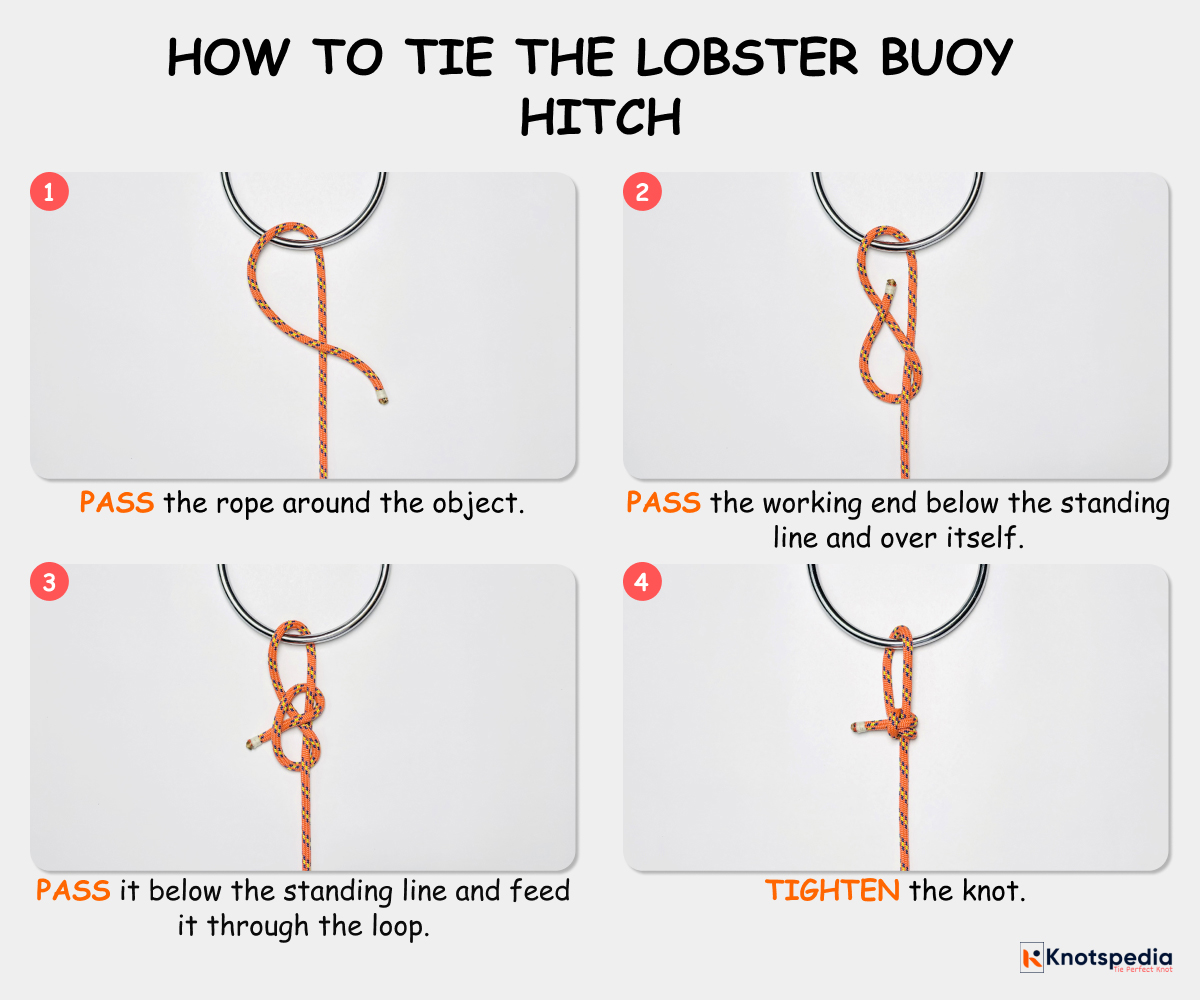
Pros & Cons
- Easy to tie and remember
- Strong and secure
- Does not jam and is easy to untie
- Can jam with certain cordage
Application and Uses
The Lobster Buoy Hitch is useful in any application where you need to fasten a rope to a ring, post, or a tree branch when you don’t want the knot to jam up.
It was traditionally used by fishermen to tie off pot strings and buoy markers.
In the Ashley Book of Knots, it’s mentioned that you can use it for almost every purpose, and it is particularly good for tying to timbers.
That’s a pretty solid endorsement!
Lobster Buoy Hitch vs Buntline Hitch
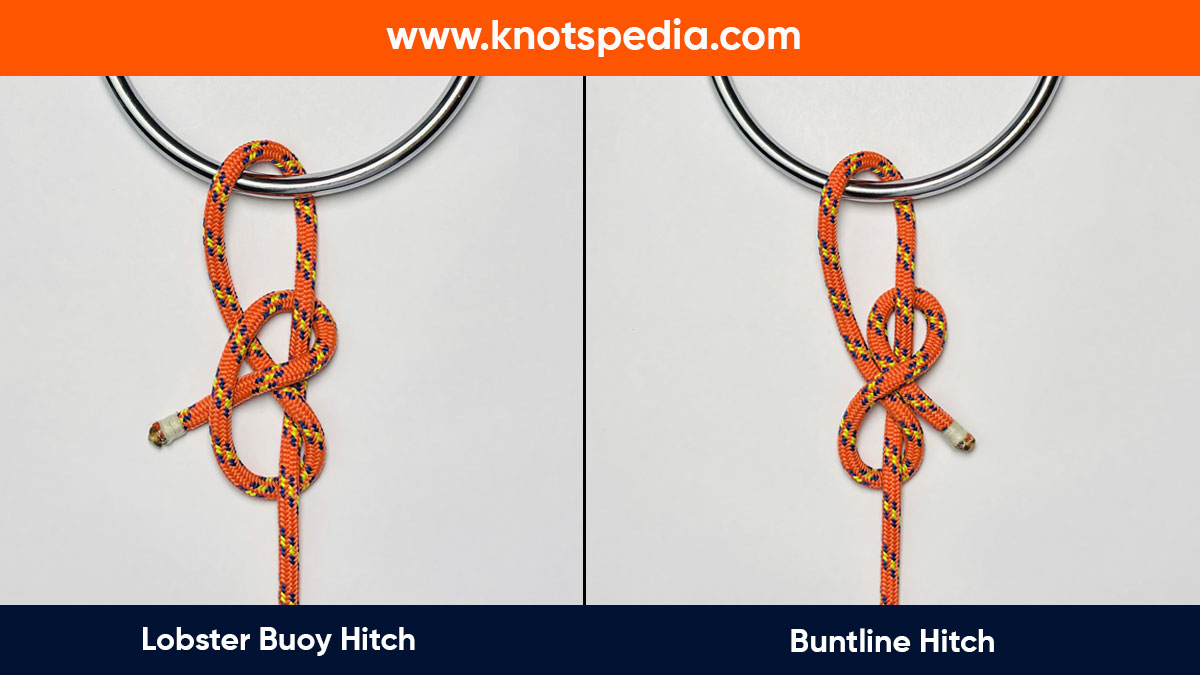
- The Lobster Buoy Hitch forms a Cow Hitch along the standing line of the rope.
- The Buntline Hitch forms a Clove Hitch instead.
The Buntline Hitch tends to jam after the load has been applied, but the Lobster Buoy Hitch has less tendency to jam and can be easily opened up.
Lobster Buoy Hitch vs Reversed Half Hitches
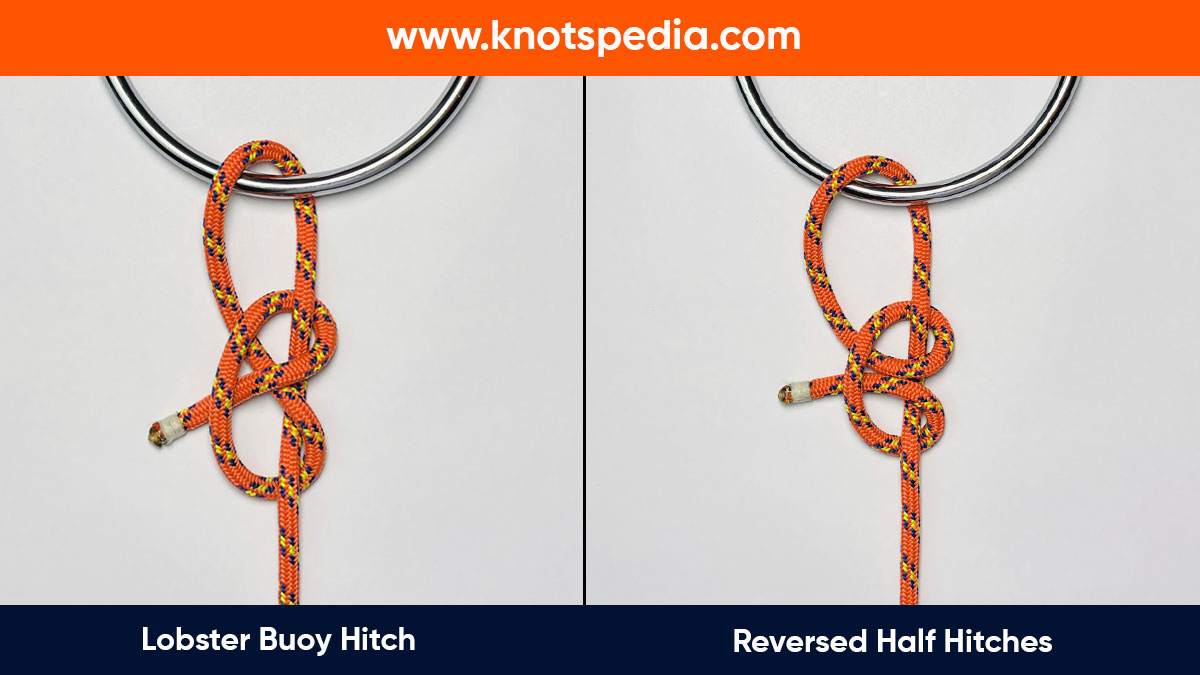
- The Reversed Two Half Hitches form a similar Lark’s Head around the Standing line.
- You advance downwards rather than going up for the Lobster Buoy hitch.
Both are strong and secure hitch knots and tend to jam less.
If you like the article, share it with your knot-tying friends.
It’s one of those knots that sticks with you; once you start using it, you’ll end up using it forever.
